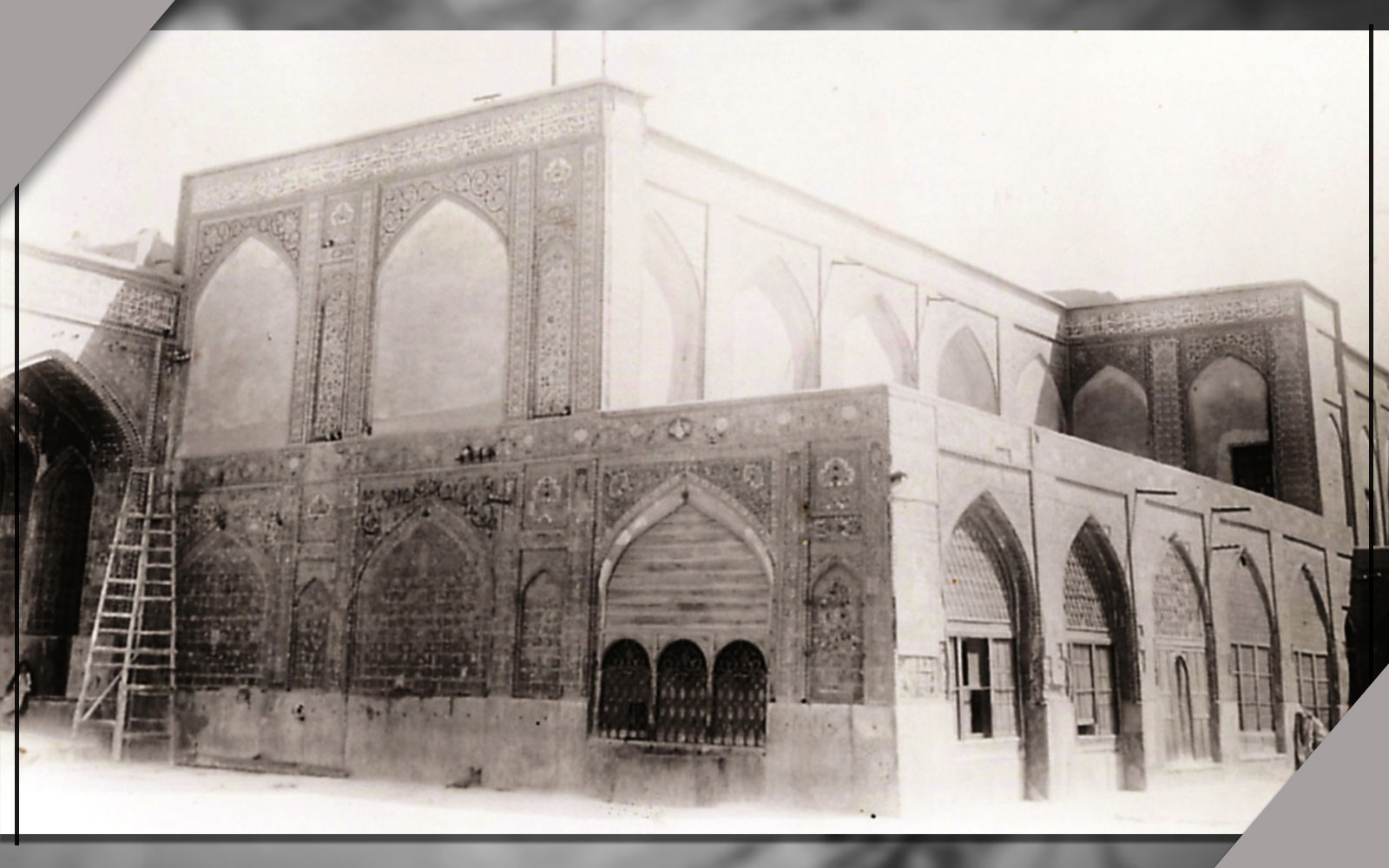The Karbala's Civilizational Encyclopedia in Karbala Center for Studies and Research has depicted the deepest details about the holy city of Karbala, through its pages, it reviewed the most important and famous water tanks in the city.
The water tanks were made as an effort by Karbala inhabitants to serve pilgrims and visitors coming to the city, where those tanks were locally named "Permissible waters" or "Sabeel". Some of the philanthropists had modified a part of their homes as water tanks to be filled by the "Watering men" or "Saqqa'a" as they were known back then. The tanks were made of acetylcholine or copper due to their inability to rust, as some the most famous water tanks in the city were:
Imam Hussein holy shrine's Sabeel: It was located in the southeastern corner of the holy shrine, which was built by an order from by the mother of Ottoman Sultan Abdul Majeed in 1282 Hijri, 1865 AD. There was another one at the southern part of the holy shrine, which was built by the Ottoman minister "Ahmed Shukri Afandi", the son of Baghdad governor "Najib Pasha" in 1264 Hijri, 1848 AD.
Abbas holy shrine's Sabeel: was located on the right side of the holy shrine, next to the "Al-Alqami" gate, with another one located to the left of the holy shrine, and a third one to the northwest of the holy shrine.
Haj Ali Shah's Sabeel: It was located in the district of "Bab Al-Najaf", outside of Haj Ali Shah's house, as he established it in 1324 Hijri, 1906 AD.
Al-Hujjah's Sabeel: It was located in the "Tujjar" market, outside the house of the great scholar, Muhammad Baqir Al-Hujjah al-Tabatabaei.
Sababigh al-Al's Sabeel: It was located in "Imam Ali" street, across the street from Karbala's public park, as it was a part of the "Husayniyya Sababigh al-Al". It was established by the late Muhammad Ali Ghafoori in 1379 Hijri, 1959 AD.
Bab Al-Shuhada's Sabeel: It was located across the street from "Al-Shuhada Gate" in the holy shrine of Imam Hussein "pbuh".
Sahib al-Zaman's Sabeel: It was located next to Sahib al-Zaman's gate in the holy shrine of Abbas "pbuh", as this "Sabeel" was covered with beautiful Karbalai mosaic.
Source:
Karbala's Civilizational Encyclopedia, the Social Axis [Vol. 1, p. 221-226].

